Plastics have become an integral part of our everyday lives, but unfortunately, not all plastics are created equal. As we become more aware of the impact plastics can have on our health and the environment, it’s important to know which plastics to avoid and seek out safer alternatives.
One type of plastic to steer clear of is polyvinyl chloride (PVC), which is commonly found in items such as shower curtains, vinyl flooring, and plastic pipes. PVC contains toxic chemicals called phthalates, which have been linked to a variety of health issues including hormone disruption and reproductive problems. Opt for products made from safer alternatives like cotton or hemp instead.
Another plastic to be cautious of is polystyrene, often known as Styrofoam. This type of plastic is commonly used for disposable food containers, packaging, and insulation. Polystyrene is not only difficult to recycle, but it can also leach toxic chemicals into food and drinks, especially when heated. Look for alternatives such as paper or plant-based materials like bagasse, which are more eco-friendly and safer for both your health and the planet.
Bisphenol A (BPA) is yet another plastic to avoid. This chemical is often found in hard plastics like water bottles, baby bottles, and food storage containers. BPA has been linked to hormonal disruptions, infertility, and certain types of cancer. When choosing plastic containers, opt for BPA-free options or switch to safer alternatives such as glass or stainless steel.
By being conscious of the plastics we use and seeking out safer alternatives, we can make a positive impact on both our health and the environment. It’s important to read labels, ask questions, and support companies that prioritize plastic alternatives. Together, we can reduce our reliance on harmful plastics and create a safer, more sustainable future.
- Why Should You Avoid Certain Plastics?
- Harmful Chemicals
- Environmental Impact
- The Dangers of Plastic Pollution
- Environmental Impact
- Human Health Risks
- Solutions to Plastic Pollution
- Understanding Different Types of Plastics
- Polyethylene Terephthalate (PET)
- High-Density Polyethylene (HDPE)
- Polyvinyl Chloride (PVC)
- Low-Density Polyethylene (LDPE)
- Polypropylene (PP)
- Polystyrene (PS)
- Identifying Harmful Plastics
- Q&A:
- Why should we avoid certain plastics?
- Which types of plastics should I avoid?
- What are some safer plastic alternatives?
- Are there any specific products to avoid?
- What are the potential health risks of using harmful plastics?
- Why should I avoid certain plastics?
- Which plastics are considered safer alternatives?
Why Should You Avoid Certain Plastics?
Plastics have become an integral part of our daily lives, but not all plastics are created equal. Some plastics contain harmful chemicals that can leach into our food and water, posing serious risks to our health and the environment. By avoiding certain plastics, you can help protect yourself and the planet.
Harmful Chemicals
Many plastics contain harmful chemicals such as bisphenol A (BPA), phthalates, and polyvinyl chloride (PVC). These chemicals have been linked to a range of health issues including hormonal disruptions, reproductive problems, and even cancer. BPA, for example, is known to mimic estrogen in the body, leading to hormonal imbalances.
Phthalates, commonly found in plastic packaging and personal care products, have been associated with developmental issues in children and can interfere with reproductive functions. PVC, often used in construction materials, releases toxic chemicals when it burns, posing a hazard to both human health and the environment.
Environmental Impact
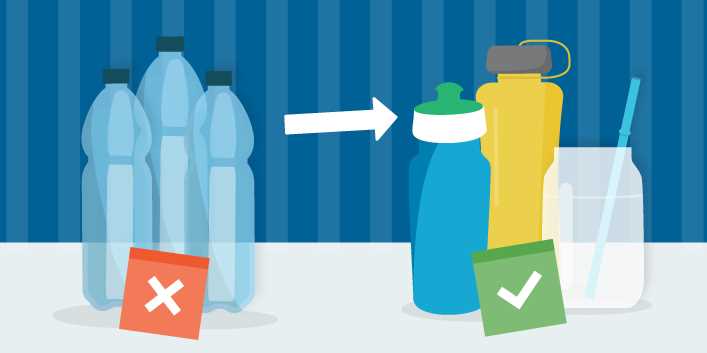
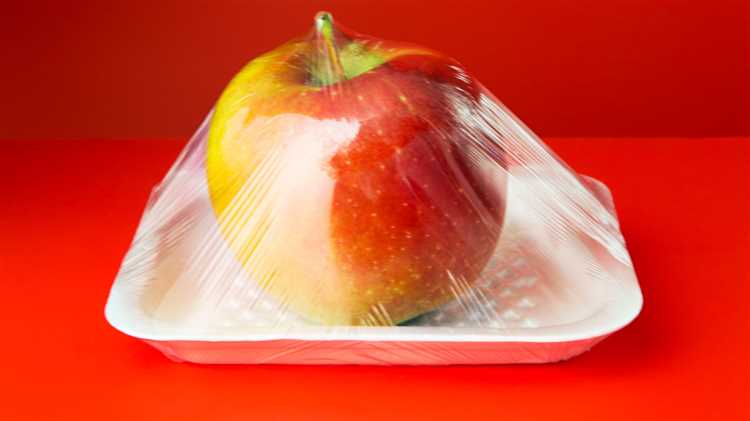
In addition to the health risks, certain plastics also have a significant environmental impact. Plastics that cannot be recycled end up in landfills or in our oceans, where they take hundreds of years to decompose. During decomposition, these plastics release harmful toxins into the soil and water, contaminating ecosystems and harming wildlife.
Furthermore, the production and disposal of plastics contribute to greenhouse gas emissions and exacerbate climate change. As plastic waste accumulates, it becomes a burden on our already strained waste management systems and contributes to the depletion of natural resources.
By avoiding certain plastics, you can reduce your exposure to harmful chemicals and help minimize the environmental impact of plastics. Opt for safer alternatives whenever possible, such as glass, stainless steel, or natural materials like bamboo and cotton.
Remember, small changes in our everyday choices can have a big impact in safeguarding our health and the planet.
The Dangers of Plastic Pollution
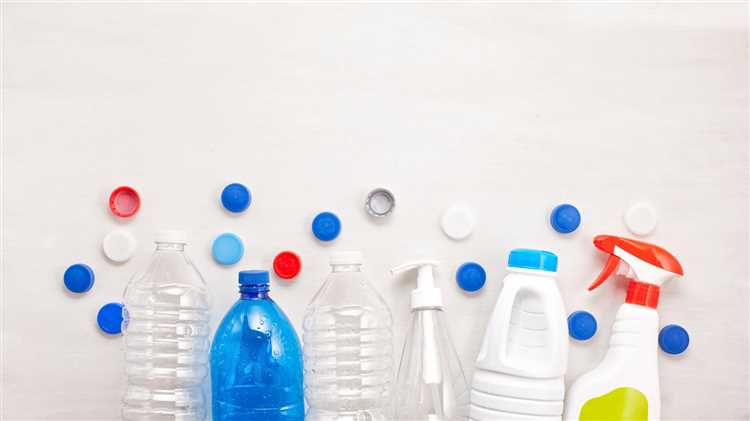
Plastic pollution has become a global crisis with severe consequences for the environment and human health. As one of the most widely used materials in the world, plastic has infiltrated every corner of our planet, including our oceans, rivers, and even the air we breathe.
Environmental Impact
The environmental impact of plastic pollution is devastating. It is estimated that every year, millions of tons of plastic waste end up in our oceans, endangering marine life and ecosystems. Plastic pollution poses a serious threat to marine species such as turtles, seabirds, and marine mammals, who often mistake plastic debris for food or become entangled in plastic waste.
Plastic pollution also has a significant impact on terrestrial ecosystems. Plastic waste contaminates soils and affects the growth of plants and the balance of local ecosystems. It also contributes to air pollution when plastic waste is burned, releasing toxic chemicals into the atmosphere.
Human Health Risks
Plastic pollution not only harms the environment but also poses risks to human health. Chemicals present in plastic, such as BPA and phthalates, can leach into the water and food we consume, leading to a range of health issues including hormone disruption, reproductive problems, and even cancer.
Microplastics, tiny particles of plastic less than 5mm in size, have become a growing concern. These microplastics are present in our water sources, food, and even the air we breathe. They can accumulate in our bodies and have been found in various organs, including the liver and digestive system. The long-term health effects of microplastic ingestion are still not fully understood, but studies suggest they could have detrimental effects on human health.
Solutions to Plastic Pollution
Addressing plastic pollution requires a multi-faceted approach. Governments, businesses, and individuals all have a role to play in reducing plastic waste and finding more sustainable alternatives. Some potential solutions include:
| Reduce | Reuse | Recycle | Choose alternatives |
|---|---|---|---|
| Avoid single-use plastics | Opt for reusable items | Properly dispose of plastics | Use products made from natural materials instead of plastic |
| Promote plastic-free initiatives | Support businesses that prioritize sustainability | Advocate for improved waste management systems | Encourage the development of biodegradable plastics |
By taking action individually and collectively, we can mitigate the dangers of plastic pollution and work towards a cleaner and healthier environment for future generations.
Understanding Different Types of Plastics
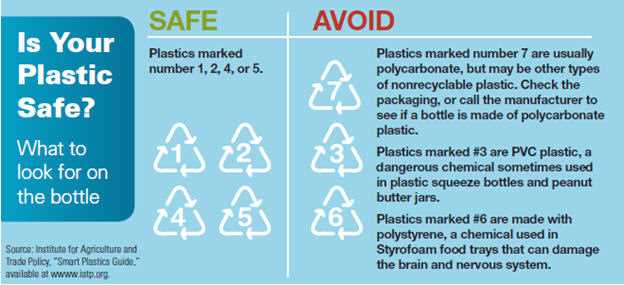
Plastics play a significant role in our daily lives. From packaging materials to household items, it’s hard to imagine a world without plastics. However, not all plastics are created equal, and some may pose risks to our health and the environment.
Plastics can be categorized into different types based on their chemical structure and properties. Here are some of the most common types of plastics and their characteristics:
Polyethylene Terephthalate (PET)
PET is commonly used for beverage bottles, food containers, and polyester fabrics. It is lightweight, versatile, and resistant to moisture and chemicals. However, PET can leach harmful chemicals such as antimony and phthalates, especially when exposed to heat or sunlight.
High-Density Polyethylene (HDPE)
HDPE is known for its high strength-to-density ratio, making it suitable for items like milk jugs, detergent bottles, and garbage containers. It is considered safer than PET and less likely to leach harmful substances. HDPE is also recyclable.
Polyvinyl Chloride (PVC)
PVC is widely used for pipes, cables, and vinyl flooring. It is durable and resistant to chemicals and sunlight. However, PVC often contains additives called phthalates, which can have negative effects on human health, especially in children. PVC is also not easily recyclable and can release toxic fumes when burned.
Low-Density Polyethylene (LDPE)
LDPE is commonly used for plastic bags, squeezable bottles, and packaging film. It has high flexibility and does not leach toxic chemicals easily. However, LDPE is not commonly recyclable and can take many years to decompose in the environment.
Polypropylene (PP)
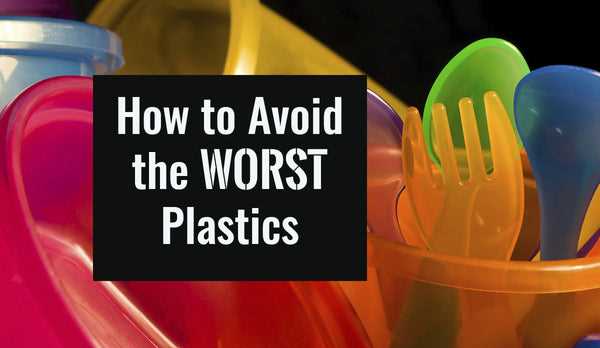
PP is known for its heat resistance and durability, making it suitable for food containers, automotive parts, and medical devices. It has a low chance of leaching harmful substances and is considered relatively safe. PP is also recyclable.
Polystyrene (PS)
PS is used for disposable foam products, packaging materials, and insulation. It is lightweight and has good insulation properties. However, PS can leach a chemical called styrene, which is considered a possible human carcinogen. PS is difficult to recycle and is not environmentally friendly.
When choosing plastics, it’s important to consider their intended use, potential health risks, and environmental impact. Whenever possible, opting for safer alternatives or reducing plastic consumption altogether can be beneficial for both our well-being and the planet.
Identifying Harmful Plastics
When it comes to choosing plastic alternatives, it’s important to know which plastics to avoid due to their potential harmful effects on health and the environment. Here are some common plastics that you should be cautious of:
| Plastic Type | Identifying Characteristics | Potential Risks |
|---|---|---|
| Polyvinyl Chloride (PVC) | Often labeled with the recycling symbol #3 or the letters PVC | PVC can release toxic chemicals, such as phthalates and dioxins, which have been linked to hormone disruption, asthma, and certain types of cancer. |
| Polystyrene (PS) | Commonly known as styrofoam and labeled with the recycling symbol #6 | Styrene, the main component of polystyrene, is a possible human carcinogen and can leach into food or drinks when it comes into contact with hot substances. |
| Polycarbonate (PC) | Labeled with the recycling symbol #7 and the letters PC | Polycarbonate plastics often contain bisphenol A (BPA), which is known to mimic estrogen in the body and has been linked to various health issues, including reproductive problems, heart disease, and diabetes. |
| Polyethylene Terephthalate (PET) | Commonly used for water bottles and labeled with the recycling symbol #1 | PET may leach antimony and other chemicals into food and beverages, especially when exposed to heat and repeated use. It is also not easily recycled and contributes to plastic pollution. |
By being aware of these plastic types and their identifying characteristics, you can make informed choices to avoid potentially harmful plastics and opt for safer alternatives.
Q&A:
Why should we avoid certain plastics?
Certain plastics contain harmful chemicals that can leach into our food and water, posing health risks. By avoiding these plastics, we can reduce our exposure to these chemicals.
Which types of plastics should I avoid?
Avoid plastics labeled with the recycling numbers 3, 6, and 7 as they are more likely to contain harmful chemicals. Specifically, avoid PVC (recycling number 3), polystyrene (recycling number 6), and plastics containing BPA or phthalates (recycling number 7).
What are some safer plastic alternatives?
There are several safer plastic alternatives available. Look for products made from polypropylene (recycling number 5), high-density polyethylene (recycling number 2), or polyethylene terephthalate (recycling number 1). These plastics are considered safer and have a lower risk of leaching harmful chemicals.
Are there any specific products to avoid?
Avoid using plastic containers for hot liquids or foods, as heat can increase the leaching of harmful chemicals. It’s also recommended to avoid using plastic wrap or cling film to cover food, especially when it comes into direct contact with the food.
What are the potential health risks of using harmful plastics?
Exposure to certain plastics, such as those containing BPA or phthalates, has been linked to various health problems including hormonal imbalances, reproductive issues, and an increased risk of certain cancers. To reduce these risks, it’s best to avoid using these plastics whenever possible.
Why should I avoid certain plastics?
Avoiding certain plastics is important because they can release harmful chemicals that can be harmful to human health and the environment. These chemicals can leach into food and drinks, leading to a range of health issues.
Which plastics are considered safer alternatives?
Some safer plastic alternatives include high-density polyethylene (HDPE), low-density polyethylene (LDPE), polypropylene (PP), and polyethylene terephthalate (PET). These plastics have a lower risk of leaching harmful chemicals and are widely used in food and beverage packaging.